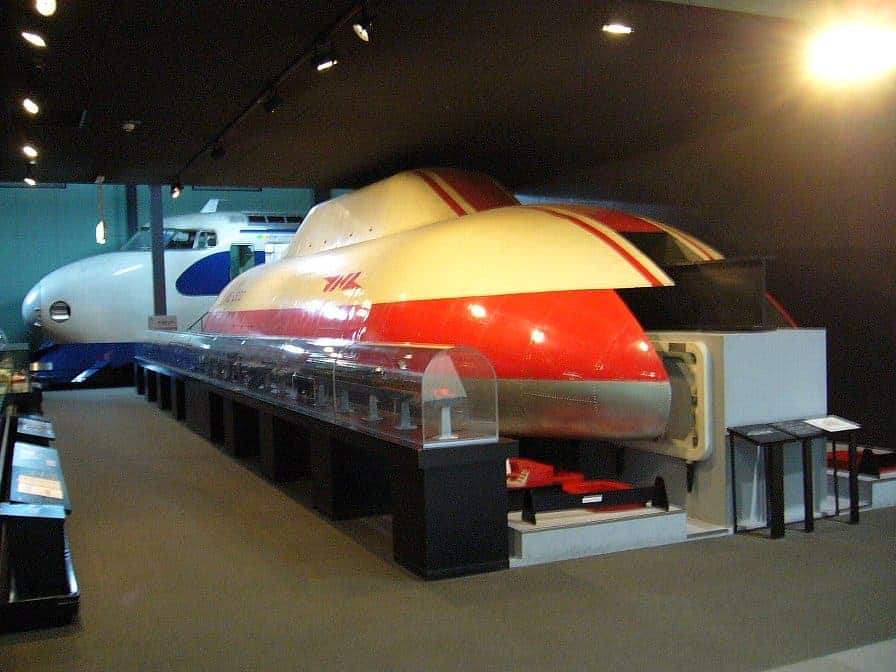If there’s one thing that China does well, it’s going big. They don’t do things like other countries – when they decide to invest in something, they really go in. The same can be said here: China is building the world’s fastest train, a maglev which can run at a whopping 600 km/h.

Maglev trains use magnetic levitation to move vehicles without making contact with the ground. With maglev, a vehicle travels along a guideway using magnets to create both lift and propulsion, thereby reducing friction by a great extent and allowing very high speed. You’ve guessed it – Maglevs are really fast. The fastest one in existence used to also be located in China, running at a max speed of 430 km/h (270 mph), before it was surpassed by a Japanese model running at 366 mph.
In fact, China’s entire rail system is impressive, the largest in the world with over 12,400 miles of track already built, funded with $538 billion in government money. But they have no intention of stopping now. According to Smart Rail World (citing a report by the Chinese press agency Xinhua), the China Railway Rolling Stock Corporation (CRRC), one of the world’s largest train manufacturers and a state-owned company, is already building a 3-mile track to test the technology, and not long after that, roll it out to the general public.
If you’re wondering why you should care about this, you should know that CRRC doesn’t operate only in China – they also have projects in the UK, Australia, Southeast Asia, Iran, Mexico, Turkey, Thailand, Indonesia, and Russia. The US is still trying to
So if it works in China, then there’s a good chance Maglevs could spread in other parts of the world. The US is still trying to get its own high-speed rail network off the ground, but that’s still probably miles away.






